
Through its BWSC initiative, Bridgestone supports people around the world in pursuing their dreams, pushing them to “Dream bigger. Go farther.” Today, we are meeting video game designer Hideo Kojima, who as a child had dreams of becoming a film director, a novelist, and even an astronaut.
A broken dream is not the end: Hideo Kojima and his lifelong dedication to taking risks and pursuing his goal
On Jun. 13, 2016, a highly anticipated game was announced at E3, the world’s biggest trade event for the video game industry. It was Death Stranding—the first title developed by renowned game designer Hideo Kojima since leaving video game giant Konami to launch his own studio in 2015.
Kojima is the creator of the Metal Gear series, which have sold almost 55 million units (as of June 2019) around the world. Fans and staff treat him with the kind of reverence reserved for auteurs—not surprising, considering the visually and thematically rich storytelling featured in his games.
After establishing Kojima Productions in December 2015, Kojima allowed excitement about the new studio to build for months before taking the stage at E3 2016 to rapturous cheers and applause. There, he delivered a simple message to fans and industry professionals alike: “I’m back!” Forty-two months later, he delivered the highly anticipated Death Stranding to the world.
We caught up with Kojima before he departed on a promotional tour for the game that would take him to Europe, the US, and Asia. We discussed his career to date, including his decision to go independent and produce a major title at his own studio. We also asked how his career has influenced his views of what it means to have a goal or dream, and why he continues taking risks well into his 50s.
Kojima’s gamble on a new medium
In his games, Kojima places equal emphasis on interactivity and narrative—a design choice that is influenced by his childhood love of movies and books. When he was a child growing up in the 1960s and 1970s, the world felt very far away to him—he had no access to the Internet and traveling overseas by plane was a luxury. Instead, he acquired all of his knowledge from movies and books.
“Movies and books showed me worlds I never knew about,” Kojima says. “They had the power to transport me to countries with foreign customs and people, to the distant past, and even to sci-fi futures. They also put me in the minds of people with different genders than I. To me, movies and books were like spaceships taking me to worlds that were completely different from the one I knew.”
Kojima says that works of art and entertainment can also save lives. He lost his father when he was only ten, an experience that was profoundly formative.
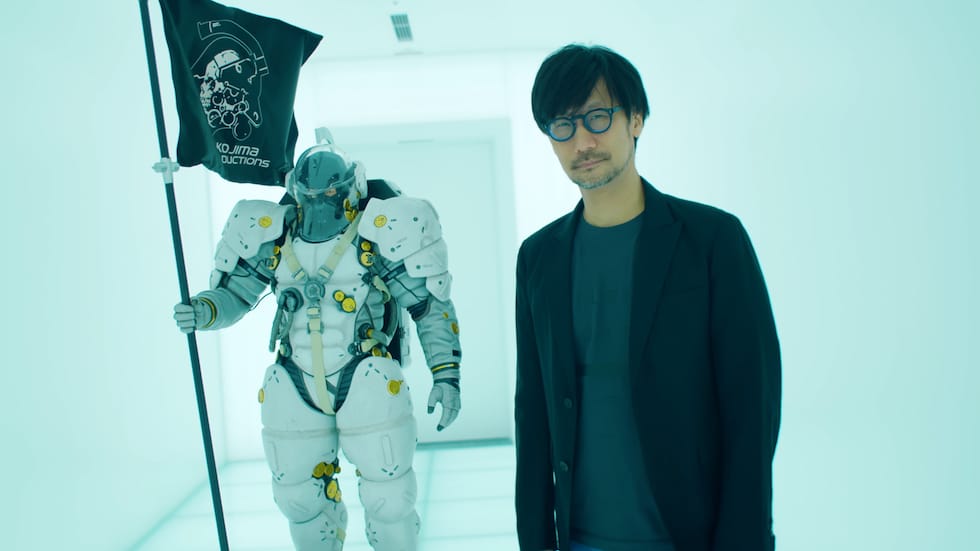
“For a period of time after my father passed away, I felt alone,” Kojima says. “What helped me get through that period were movies and books. This was when I discovered the power contained in entertainment and stories. I decided that when I grew up, I wanted to work in a job that would allow me to create these kinds of stories.”
In other words, he wanted to give back to the world what the world had given him. It was from this age that Kojima began dreaming of becoming a film director or novelist.
However, at the time, he also had another dream: to become an astronaut. He idolized the three astronauts of the Apollo Project, who had gone to the moon and come back to tell their story. Kojima gave up on this dream when he realized that, at the time, there were almost no options for someone from Japan to become an astronaut. However, he continued to carry the pioneering spirit that he inherited from these astronauts.
“When I was a child, there was something so heroic about risking your life to go somewhere that no one had ever been,” Kojima says. “That’s why it became so important for me to find a way to take people to entirely new worlds and, by doing so, demonstrate the greatness of human potential. Today, I do this through games.”
It was in video games that Kojima discovered a potential even greater than that of movies and books. “I was drawn to the interactivity of this medium,” he says. “I thought, this could be as epoch-making as a moon voyage.”
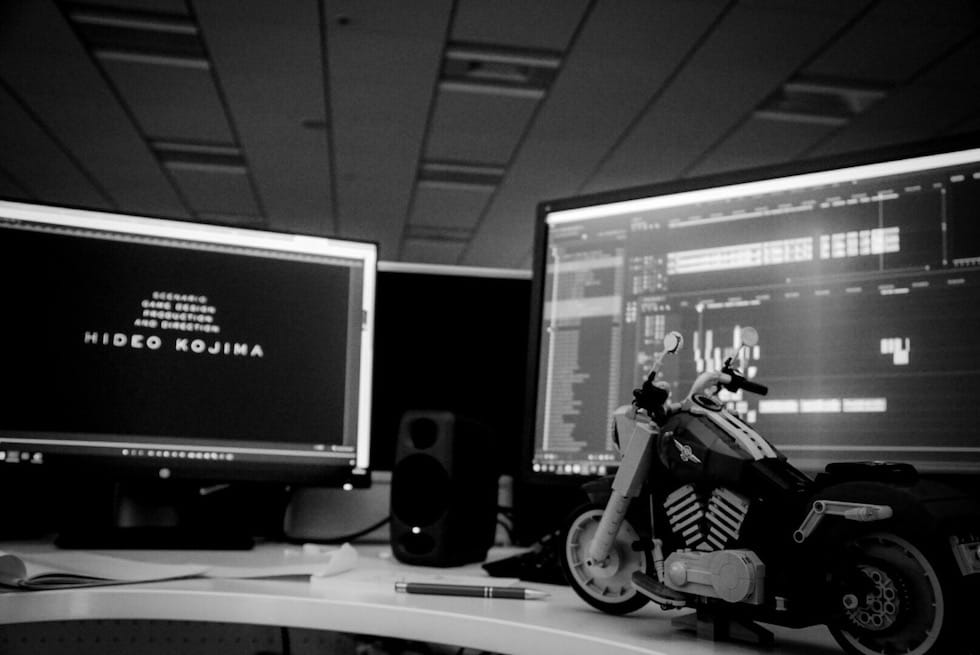
By the time Kojima decided to enter the video game industry in the mid-1980s, the NES (or Famicon as it was known in Japan) had already reached peak popularity. Friends, family, and even professors discouraged him from following through with his decision. “One of them asked me if I’d gone mad,” Kojima recalls. But their opposition fell on deaf ears: Kojima had already decided that games would eventually overtake movies in popularity and influence.
“The more people opposed me, the more I thought that my instincts were correct,” he says. “I already had a vague vision of a future in which video games were phenomenally successful, even if no one around me could see it. I do have to admit, I never imagined video games would incorporate new technologies and grow at such a rapid rate.”
A new understanding of the role and responsibilities of a game designer
With great confidence and high expectations, Kojima joined Konami. He was initially placed in a department that developed games for the MSX, a home computer that was available mostly in Japan. The MSX was not as advanced as the NES, which meant programming games for it was a lot more difficult. However, these limitations turned out to be a blessing for Kojima. In directing his first game, Kojima realized that the MSX was not powerful enough for the screen to be filled with large numbers of bullets and enemies. So, instead of creating a fast-paced action game, he decided to create a stealth game in which the goal was to move slowly and deliberately to avoid enemy detection. The result was Metal Gear for the MSX2.
However, Kojima’s big break did not come until 1998, when he developed Metal Gear Solid for the PlayStation. Although his previous games had been sold in only Japan, Metal Gear Solid was localized into multiple languages and sold around the world—and it became an immense hit.

“Until then, I was happy just making games as long as I had a roof over my head,” Kojima says. “Everything changed with Metal Gear Solid. Now, there were people all over the world who were waiting for my next game. That’s when I began to focus on meeting fan expectations.”
He says he was influenced by the fan mail he received from people all around the world, who came from many different backgrounds. Kojima found some of the letters moving: they told Kojima how his game had given them encouragement, how they were fighting illnesses and injuries and would not give up fighting until they had played Kojima’s next game, and how the game had saved their lives.
Kojima suddenly had a vague sense that through his creative work, he had the potential to save people—that his role and responsibilities as a game designer were far larger than he had thought. When he left Konami in 2015, Kojima was considering working on other projects for a change—maybe a film or a TV ad. But when he heard through his friends—including the film director Guillermo del Toro—that the whole world was awaiting his next game, he immediately threw himself into a video game project.
Connecting people in an age of division
The track record of renowned game designers who have left major video game companies to establish their own studios is admittedly not great. Yet, this did not dissuade Kojima from setting up Kojima Productions in December 2015. And now, 42 months later, he will be releasing Death Stranding on Nov. 8, 2019.
The game stars Norman Reedus as Sam Porter Bridges, who travels across the continental United States to help a divided world reconnect.
For this game, Kojima has departed from his usual anti-war and anti-nuclear themes to focus on the idea of reconnecting in an age of division. In a trailer launched in May, one character says, “Covering the world in cable didn't bring an end to war and suffering. Don't act surprised when it all comes apart if you try to do it again.” It suggests that through this game, Kojima is exploring what else can be done to heal a divided world.
“Many people who play narrative-heavy games like the ones I create tend to play by themselves and feel alone or alienated from society,” Kojima says. “But the game is designed so players can see that there are millions of people around the world also playing alone. That knowledge can help players feel connected and realize that they are not alone. It can be such a liberating feeling."
This design is Kojima’s message to his fans: you might be physically alone, but you are never alone in spirit. Kojima says his focus on connections resulted from the difficulties he experienced after going independent.
“I knew I had a mission, and it was to meet the expectations of people around the world by creating the next great video game,” Kojima says. “But I had almost nothing. All I had were my personal connections. I knew the people who became my staff, the people at Guerrilla Games (the team that developed Death Stranding’s game engine with Kojima), and the artists and actors who collaborated with me on this project. These connections allowed me to develop Death Stranding. So, in the process of exploring my human connections, I ended making a game about connections.”
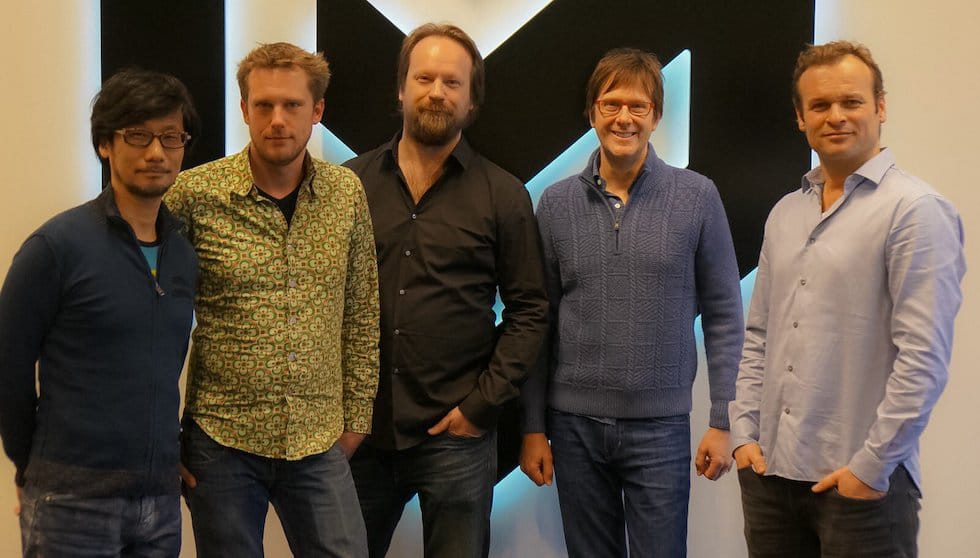
Kojima, left, with staff members of Guerrilla Games
Depicting technologies before they have infiltrated the public
The evolution of video games is also the evolution of technology. New technologies have allowed for new visual expressions and new experiences in video games. As someone who has continuously incorporated cutting-edge technology in his games since the medium’s infancy, Kojima has a unique insight into what this evolution means.
“Because video game technology evolves so rapidly, what you can’t do today, you can easily do tomorrow,” he says. “That means there’s always a lot to learn, but I’ve never regretted joining the video game industry. In fact, I want to thank 23-year-old me for choosing such an exciting world for me to work in. I get bored easily, so it’s been a surprise even to me that I’ve lasted in one industry for so long. Even my colleagues can’t believe I’ve remained involved in games for over thirty years.”
One aspect that Kojima has adopted from his favorite sci-fi novels and movies is the depiction of how technology might be used in the future. For example, Metal Gear Solid 2: Sons of Liberty predicts our current “post-truth” age, when fake news is propagated by social media and swallowed whole by people who are already inclined to believe such disinformation, when the most powerful voices are those that appeal to people’s emotions instead of their intelligence. One character spells it out: “The digital society furthers human flaws and selectively rewards development of convenient half-truths.”
“I love cutting-edge technology, and I’m always brushing up on what’s new,” Kojima says. “But it usually takes a while before these technologies make an impact on our lives. One thing I like to do in my games is to depict these technologies just before they’ve started infiltrating the public. That’s generally how I depict technology in my games.”
Although Kojima is often scathing in his criticism of technological evolution, he says that he himself is very optimistic about technology.
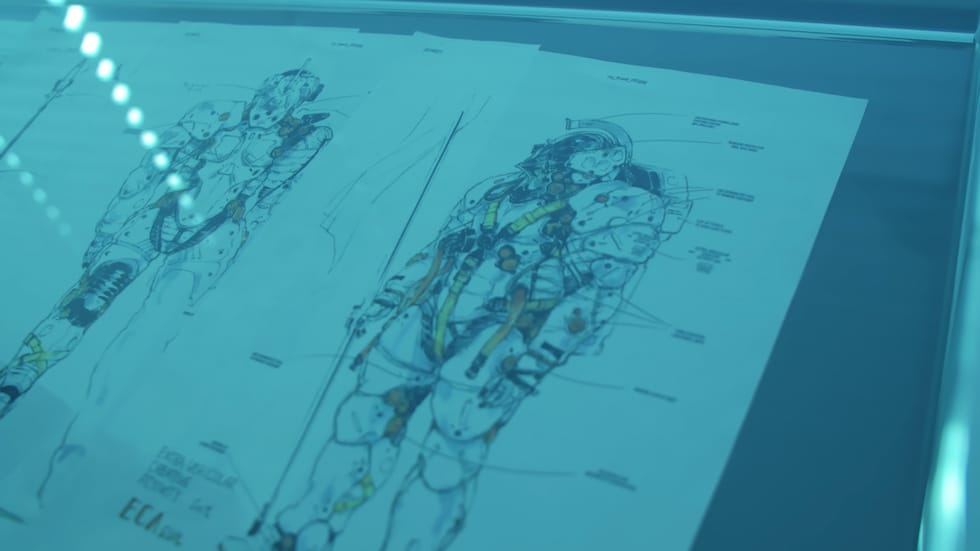
“I used to think that technological development would help eradicate discrimination, war, and the wealth gap in the 21st century, that it would guide us into a future where we can live hand in hand with one another, no matter our race or nationality,” Kojima says. “I still believe that depending on how we use technology, we can achieve that kind of a future. In my games, I do focus on the dark side of technology, but that’s not the whole picture. I depict technology as a double-edged sword, and that’s how I want players to experience technology in my games. My hope is that after they’re done playing, they’ll continue to think seriously about the subject.”
Even in Death Stranding, the idea of connections is not always portrayed in a positive light. For example, the game depicts people connecting over the internet or via social media, only to end up spreading hate. “I hope the game helps players understand the problems that can arise through greater connectivity, and that they use that knowledge to read the news or observe the world in a different light,” Kojima says.
Kojima’s message to young people: There’s no better time to create something than now
By chance, our interview is taking place just after Death Stranding has been completed. Asked how he feels, Kojima replies that, “Since it hasn’t gone on sale yet, the full impact of what I’ve accomplished really hasn’t hit me yet.
“Obviously, I’m very happy with what I’ve created, and I’m always confident that the game I’ve created is fantastic. But I still don’t feel the full satisfaction of someone who’s done everything they’ve set out to do. I mean, if I did, I wouldn’t be working in games anymore. I’ve completed one game, but already I’m thinking about what else I can create, what else I can accomplish. This thinking motivates me to then work on my next game. And since new technologies are coming out every day, I now have more tools to accomplish much more.”
A game as big as Death Stranding cannot be made alone. Kojima Productions started with just four employees; it now boasts a staff of eighty. Kojima says that without a robust team, he could have never made Death Stranding.
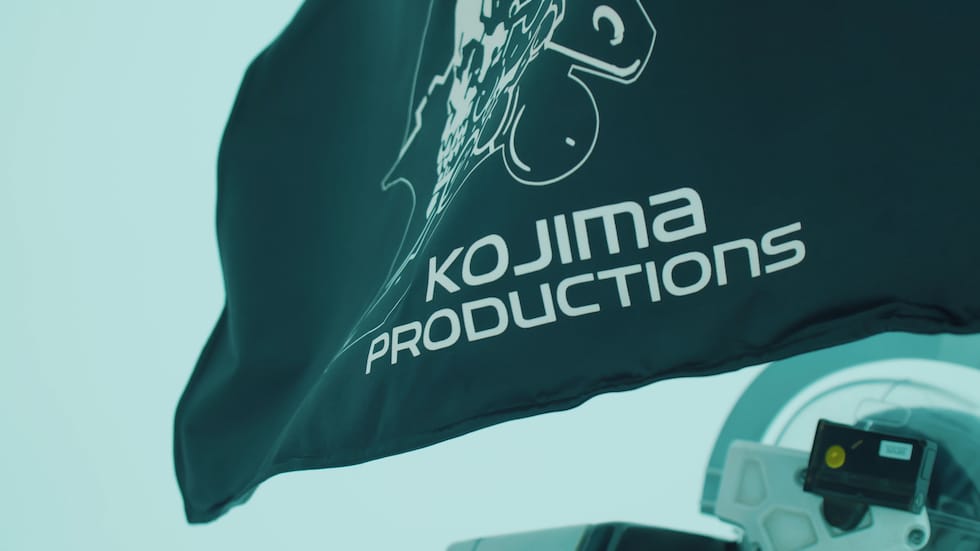
“When I’m hiring staff, I try to make sure that I work with people who are not me,” he says. “If I cloned myself eighty times, and we made a game together, it could never be fun. It’s because I work with people who have different sensibilities than I that I’m able to make the game more interesting and more stimulating. My main job is to share my vision. Sharing your vision with your staff can be difficult when you’re trying something completely new, so I try my best to explain it with words, illustrations, and sometimes with gestures and body language. And if that doesn’t work, I tell them to just trust me. (Laughs.)”
Kojima points out one other thing that is important when creating something as a team. A big game takes time to develop—and that requires each member of the team to be persistent as they travel the long road towards their goal.
“When you’re running alone and you get tired, it’s very easy to quit,” Kojima says. “But when you’re running with others, you feel motivated to push yourself on. And when you reach your goal, you get to share your victory with others. I think that’s one major difference with writing a novel. You never experience that sense of absolute solitude that a novelist experiences.”
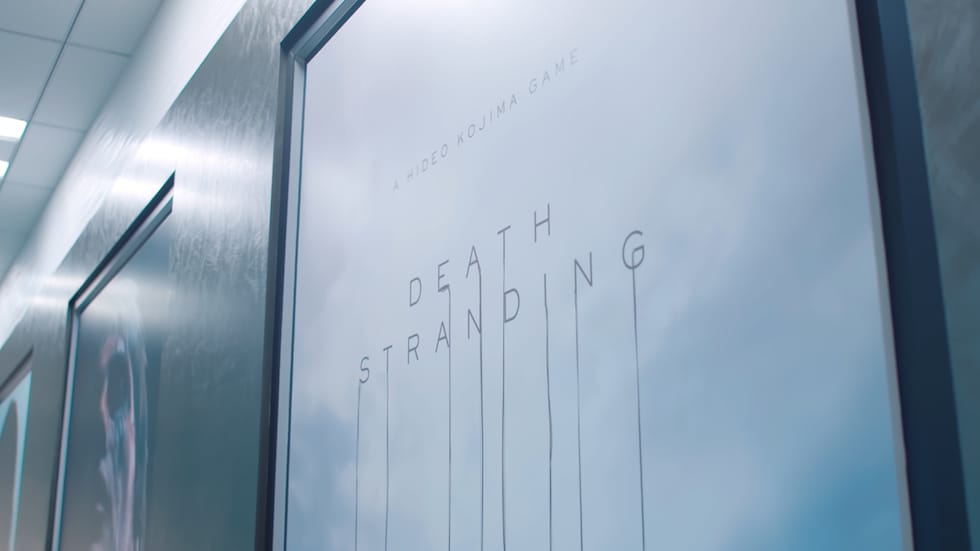
The ideal size for a game development team changes with the times. Today, with freely distributed game engines and the ability to promote a game on the internet, it’s possible to create a game with a smaller team. “If there ever was an ideal time to try to create something, it’s now,” Kojima says. “I’m so jealous of today’s young people.”
Having big dreams that can never be fulfilled
In a past WIRED interview, Kojima mentioned how, “If I don’t succeed, no one else is going to try what I’m doing. If I fail, I’m worried that nobody else in Japan is going to try to reach for the stars like I’m doing.”
Asked if he still considers himself something of a trailblazer, he replies affirmatively. After all, he did go all out and create a blockbuster game right after establishing his own studio, even after being repeatedly told that no one has successfully gone independent. “A lot of people still cling to this old-fashioned belief that you can only create something if you work at a big company,” he says. “I needed to prove that this thinking was wrong.” He wanted to encourage more people to follow in his footsteps.
“Remember how I mentioned that there was a dark side to connections? One thing that happens when you connect to people and involve them in something you are working on is that you begin to shoulder their burden as well. Because if I fail, my staff will also be associated with that failure. That’s why I needed to succeed. Just look at Hollywood: if you direct a bomb, your career is over. I want nothing more than for me to succeed, so that a whole bunch of young people will be inspired to travel the same path—trampling all over my footprints until there’s no trace of them left.”
This feels like a good moment to bring up the subject of dreams. We ask Kojima what his definition of a dream is. His reply aligns with the motto of the Bridgestone World Solar Challenge—"Dream bigger. Go farther.”
“Taking risks is a young person’s game,” Kojima says. “I’m 56 and still taking risks, but risks really are for young people. I hope they overtake me soon. (Laughs.) So in that sense, I think the World Solar Challenge is a great project.
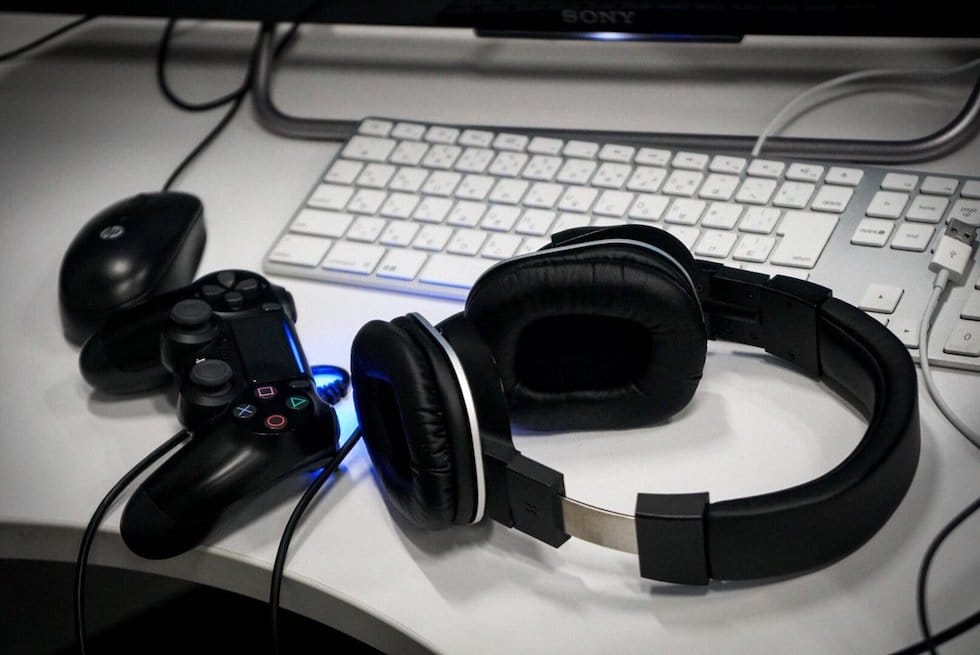
“Speaking of the sun, my definition of a dream actually has a lot in common with the sun.
“Dreams are meant to be achieved, right? But once you’ve achieved a dream, it ends. If your dream is to land on the moon, what do you do after you’ve landed on the moon? In my case, my dream is like the sun. If you get too close to the sun, you get burned. So, reaching the sun is a paradox; you can’t do it. That’s what my dream is: a destination I’ll never get to. The sun’s bright, so I’ll never lose sight of it. But I’ll never reach it as long as I live. Seeing how close you can get to the sun in your lifetime: that’s what I consider life’s greatest pleasure. So I want to encourage young people to also have these big, impossible dreams.”
After considering a career as an astronaut, film director, and novelist, Kojima eventually chose the video game industry. There, he found success, went independent, and took a huge gamble by developing an unconventional blockbuster game. When he looks back on his life, Kojima says he doesn’t feel as if his unfulfilled childhood dreams are actually broken dreams.
“Broken dreams led to me to the video game industry, so maybe broken dreams can be good things,” he says. “But were they really broken dreams? Sure, I was unable to have the dream career I wanted at the time, but in the end, I took a different path and ended up pursuing the same dream I’ve always had: transporting people to new worlds. That happens in life. Some people give up after just one failure, but to those people I want to say, don’t beat yourself up over it. Keep marching on, because you might still get back on track. It might be hard to see right now, but when you get to my age, it becomes a lot clearer. (Laughs.)”
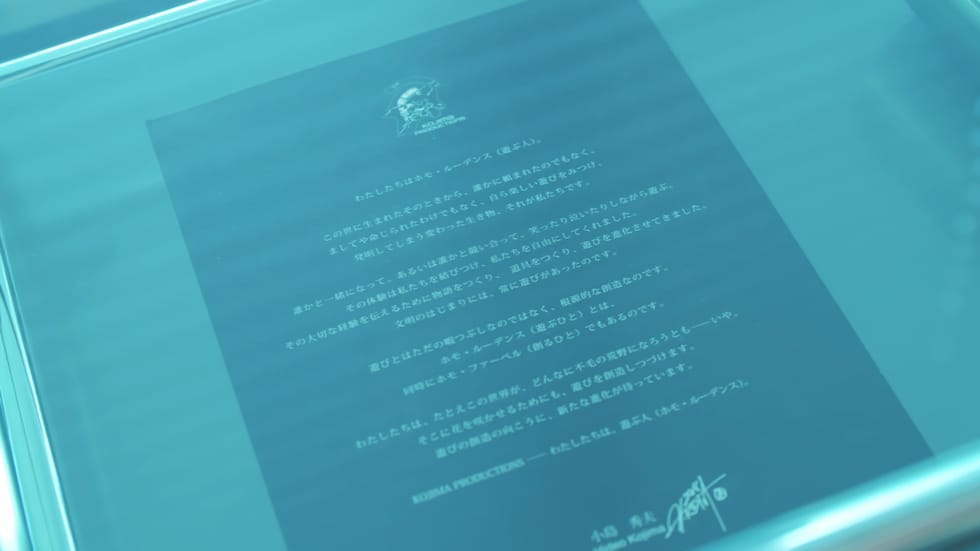
Coverage cooperation and picture provided: KOJIMA PRODUCTIONS Co,. Ltd. / Sony Interactive Entertainment Inc. / Konami Digital Entertainment Co., Ltd.
©Sony Interactive Entertainment Inc. Created and developed by KOJIMA PRODUCTIONS.
Text:KOTARO OKADA / Edit:KAZUYUKI KOYAMA

-
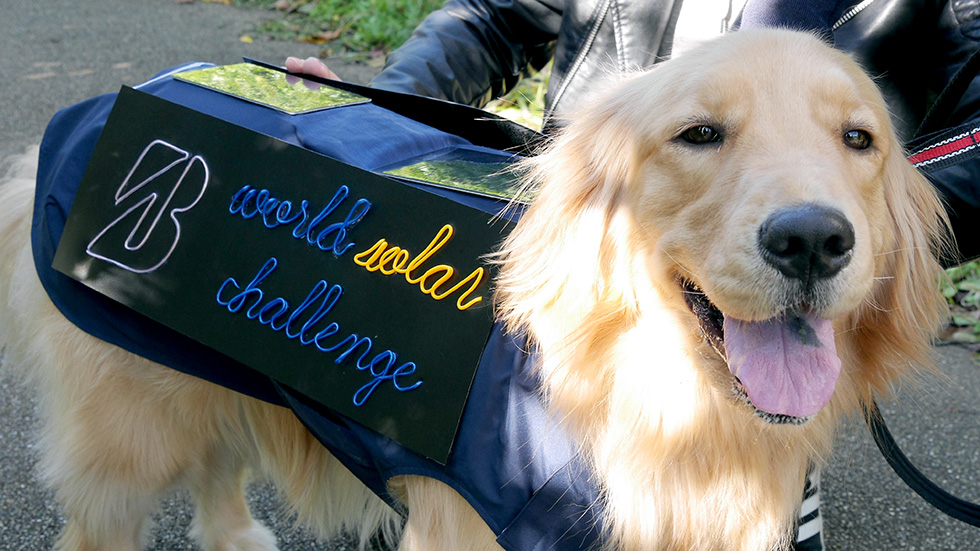
Kome, the popular Golden Retriever gives it a try! – A dog jacket that uses solar energy
-
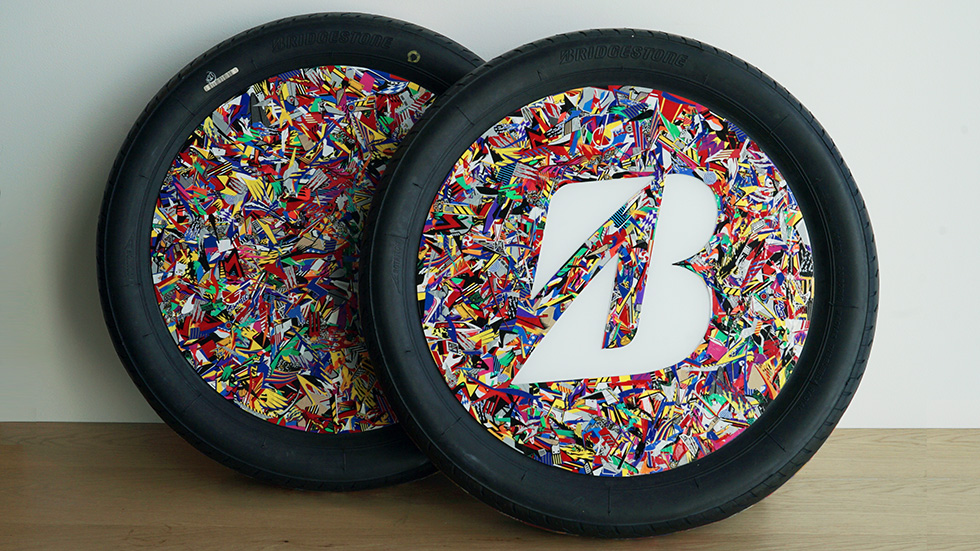
Dressing up tires with stickers for model cars! BWSC collage art piece by Funny Dress-up Lab
-
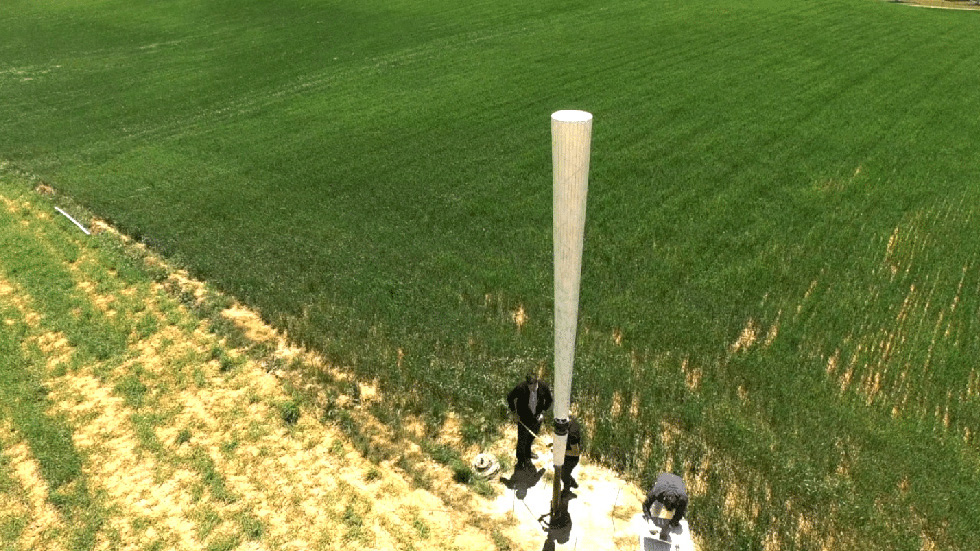
No blades! A pole-shaped wind turbine, Vortex Bladeless, generates power by shaking.
-

Solar-powered bench Steora as a device charger, Wi-Fi hotspot, advertising display, and CCTV!

-

Kome
Kome is a fluffy, one-year old Golden Retriever. She inherited the territory from her owner’s previous dog, ef. Affectionate and playful, Kome melts everyone’s heart with her sweet baby face in contrast to her impressive physique.efrinman Kome’s owner. She is an illustrator popular for her dog illustrations and comics.

Kome, the popular Golden Retriever gives it a try! – A dog jacket that uses solar energy
-

Funny Dress-up Lab
Collage artist. Fascinated by various aspects of decorative stickers, such as their vivid colors, unique shapes, misregistration, and the fact that they are now dead stock, he has been creating collage works using solely decorative stickers without altering them in any way. He will cease creating these works when the current stock in the world runs out.

Dressing up tires with stickers for model cars! BWSC collage art piece by Funny Dress-up Lab
-
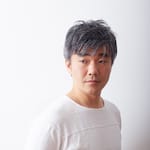
Taku Omura
Product designer. Taku Omura designs personal items, such as household goods and stationery, and develops his own products. His tweet with a hashtag, making proposals for corporate gifts without being asked, often becomes a trending topic on Twitter.

Give it a try! Taku Omura elaborates on solar-powered candy crafts with a magnifying glass
